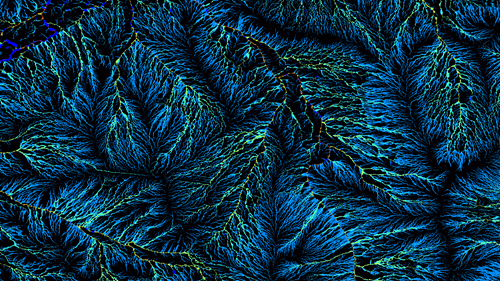The discovery will be announced today at the UK's National Astronomy Meeting.
The galaxy was uncovered in radio emission travelling to Earth using CSIRO’s Australian SKA Pathfinder telescope (ASKAP), located at the Murchison Radio-astronomy Observatory (MRO).
CSIRO's Dr James Allison led a research team using ASKAP and the MRO's unique radio quietness, to crack open a window to a little-explored period of the Universe's history.
The team used a special technique to detect a change in radio waves coming from within the bright centre of the galaxy PKS B1740-517, located near the Ara constellation.
The five-billion-year-old radio emission was stamped with the 'imprint' of hydrogen gas it had travelled through on its way to Earth.
The gas absorbs some of the emission, creating a tiny dip in the signal. "At many observatories, this dip would have been hidden by background radio noise, but our site is so radio quiet it stood out clearly," Dr Allison said.
Dr Allison, pictured below, is an affiliate of the ARC Centre of Excellence for All-sky Astrophysics (CAASTRO), which is led by Professor Elaine Sadler of the University of Sydney.
Both researchers are part of a team that will use the absorption technique with ASKAP to find hundreds of galaxies that are up to ten billion light years away and determine how much hydrogen gas they contain.
This will help astronomers understand why star formation, which is fuelled by hydrogen gas, has dropped off in the Universe since its peak 10 billion years ago.
At the UK meeting Dr Allison will also talk about ASKAP’s studies of pulsars (small stars that emit pulsed radio signals) and giant starless clouds of hydrogen gas.
"These latest research findings are demonstrating that ASKAP can do what other telescopes can't," Dr Allison said.
Images
B-roll video
Background information
CAASTRO is a collaboration between Curtin University, The University of Western Australia, the University of Sydney, the Australian National University, the University of Melbourne, Swinburne University of Technology and the University of Queensland. It is funded under the Australian Research Council Centre of Excellence program and receives additional funding from the seven participating universities and the NSW State Government Science Leveraging Fund.

